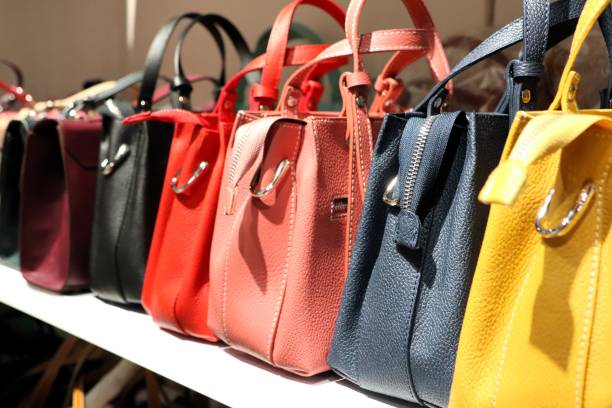Unraveling the Intricacies of Artisanal Fashion: A Dive into Handmade Couture
Introduction: In the world of fast-paced fashion trends and mass-produced garments, the charm and allure of the artisanal, handmade fashion are making a significant comeback. The unique appeal, the evolution of this niche, and its influence on consumers' buying habits are worth discussing.

The Historical Context and Evolution of Artisanal Fashion
Handmade fashion, or artisanal couture, has its roots deep in history, when every single garment was painstakingly crafted by skilled artisans. Over time, with the advent of mechanized production methods, the art of handmade fashion took a backseat. But recently, there has been a resurgence of this trend, with consumers seeking uniqueness and quality over quantity. The evolution of this fashion style is deeply intertwined with consumers’ rising consciousness about the impacts of fast fashion and the desire for ethical, sustainable clothing alternatives.
Current Trends in Artisanal Fashion
Artisanal fashion is no longer limited to bespoke tailoring or traditional crafts. A new wave of designers is leveraging technology and innovative techniques to create unique, handmade pieces. These range from 3D-printed jewelry to hand-knitted sweaters and sustainably sourced leather goods. The focus is on creating one-of-a-kind pieces that make a fashion statement while also reflecting the wearer’s values and individuality.
The Appeal and Influence of Artisanal Fashion
The allure of artisanal fashion lies in its uniqueness and the value of craftsmanship. Each piece tells a story, carrying the imprint of the artisan’s skills and passion. This fashion trend also speaks to a wider consumer shift towards conscious consumption—where the focus is on quality, sustainability, and supporting local artisans. The influence of this trend is evident in the growing number of artisanal brands and the increasing consumer demand for handmade fashion.
Backed by Research
According to a report by McKinsey, consumers are increasingly seeking out brands that offer unique, artisanal products. The study found that 70% of consumers are willing to pay a premium for products that reflect their personal values and beliefs, a significant factor driving the popularity of artisanal fashion.
Artisanal Fashion Tips
- Invest in key pieces like a handmade leather bag or a hand-knitted sweater that can elevate any outfit.
- Explore local markets or online platforms that promote local artisans for unique finds.
- Artisanal fashion is about quality over quantity. So, prioritize pieces that are durable and timeless.
- Try to understand the story behind each piece. Knowing the work and skill that went into creating it can enhance its value and appeal.
In conclusion, artisanal fashion is more than just a trend—it’s a movement towards conscious consumption and an appreciation of craftsmanship. It is a reflection of the wearer’s values and individuality, and its influence on consumer behavior is likely to continue growing. As we delve deeper into the world of artisanal fashion, we discover the beauty of unique, handmade pieces and the value they bring to our wardrobe.





